
Over the past few years, as the winter holidays approach, Ukrainians have increasingly asked themselves who to honor — St. Nicholas or Father Frost? This issue has deep historical and cultural implications, as St. Nicholas the Wonderworker is a long-standing symbol of Ukrainian holiday traditions, while the image of Father Frost (Ded Moroz or Morozko) was created and imposed by the Soviet government. In today’s Ukraine, the restoration of authentic traditions is of particular importance, as it is not only a matter of historical justice, but also of shaping moral guidelines for future generations.
The Legacy of St. Nicholas
St. Nicholas is a figure deeply rooted in Ukrainian religious and cultural tradition. He was the bishop of Myra in Lycia and later became known throughout the Christian world as a protector of the needy and a symbol of mercy. Over the millennia of Christianity, St. Nicholas has become the main character of Christmas and New Year’s celebrations. Thanks to thousands of children’s books and movies, he is better known around the world as Santa Claus (Santa is a saint, Claus is a variant of the name Nicholas). Legends say that every year on the night of December 19, St. Nicholas comes to children with gifts that are a reward for their kindness, diligence, and honesty.
This tradition involves children writing letters to St. Nicholas, telling him about their dreams and promising to do good deeds. Thus, the figure of St. Nicholas not only brings festive joy, but also fosters moral values in children, teaching them to be merciful, friendly and responsible. His image, complemented by his helper angels, contributes to the formation of spirituality, making the holiday special and meaningful.
The Evolution of Father Frost
Father Frost is a completely different story. His origins lie in ancient Slavic mythology, where he was associated with winter and frost, often portrayed as a fearsome spirit. Known by various names –Triskun, Studenets, Karachun, Zimnik – this character was a giant, malicious old man who could freeze people, livestock, and crops. To appease him, people offered sacrifices, sometimes even human sacrifices, believing this would secure their survival through the winter. Besides, some scholars say that Veles, the old Slavic God of Cattle and Wealth, corresponded to St. Nicolas.
The character of Ded Moroz as a kind and generous figure only emerged in the late 1930s, during the Soviet era. After the Bolsheviks came to power in 1917, they implemented an aggressive anti-religious campaign that banned the celebration of Christmas and its central figure, St. Nicholas. To fill this void and redirect public attention, the Soviet government introduced Ded Moroz as a secular replacement. He was stripped of any religious significance and redesigned as a symbol of the New Year’s holiday.
Ded Moroz’s new narrative depicted him as a jovial man with a gray beard who delivered gifts to children on New Year’s Eve. Unlike St. Nicholas, however, Ded Moroz’s gifts were not tied to the moral behavior of the children, and his assistant, Snow Maiden, was added merely for aesthetic appeal without any symbolic depth.
Some scholars argue that the introduction of the New Year holiday was also a way to distract the population from the widespread suffering caused by mass repressions, famines, and other hardships during the Soviet era. The creation of Ded Moroz symbolized the regime’s attempt to reshape traditions to align with its ideology, effectively erasing religious and moral elements from holiday celebrations.
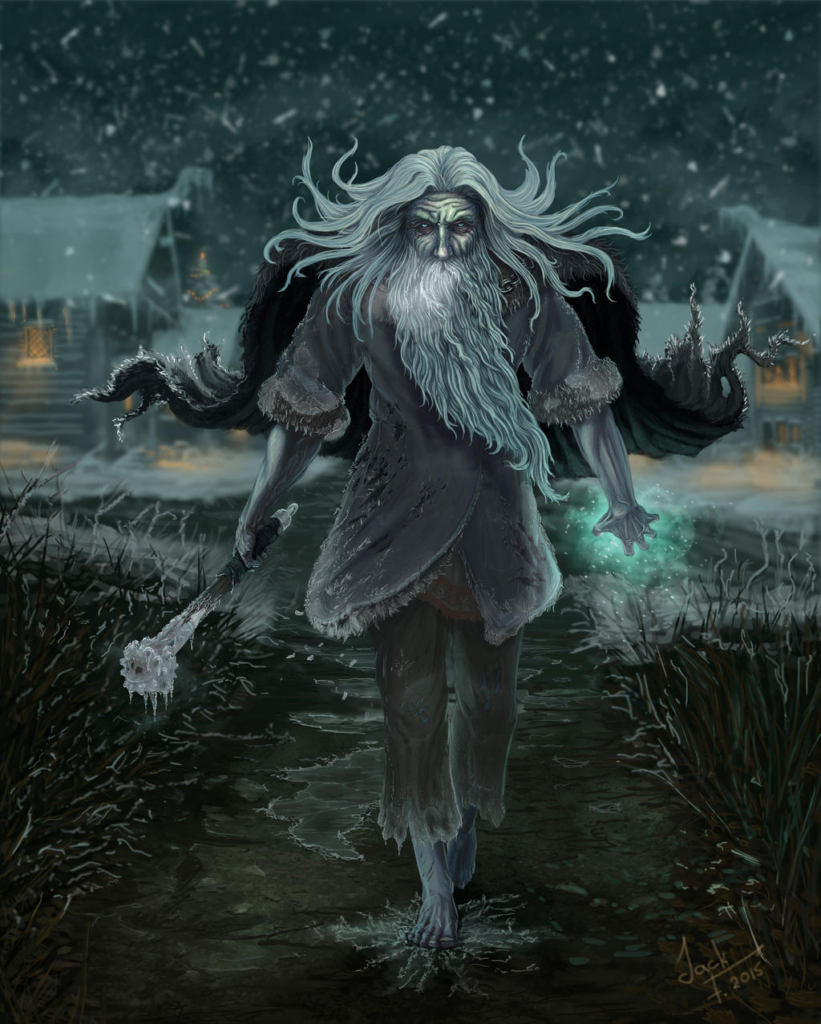
The Importance of Returning to Authentic Traditions
Despite the fact that Ded Moroz is an artificial character invented by Soviet propaganda based on an evil spirit, he is still considered by many to be the main New Year’s hero. Of course, decades of living in a closed Soviet society, where it was forbidden to think otherwise, have had an impact.
But the resurgence of St. Nicholas as a central figure in Ukrainian holiday celebrations marks a significant cultural and spiritual revival. Restoring his role is not just about reclaiming historical authenticity but also about promoting moral and ethical values for future generations.
The figure of St. Nicholas embodies virtues that are timeless and universal: kindness, generosity, humility, and a commitment to helping others. By celebrating St. Nicholas, Ukrainians emphasize the importance of these qualities, instilling them in children as guiding principles for their lives.
Preserving the tradition of St. Nicholas also strengthens Ukraine’s national identity. Unlike Ded Moroz, who was introduced as part of a Soviet agenda, St. Nicholas reflects Ukraine’s deep-rooted Christian heritage and its unique cultural traditions. This restoration is particularly meaningful in the context of Ukraine’s ongoing efforts to affirm its sovereignty and cultural independence.
Furthermore, authentic traditions like St. Nicholas Day foster a sense of community and continuity. They connect generations through shared values and customs, enriching the holiday season with a sense of purpose and belonging.







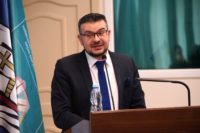
















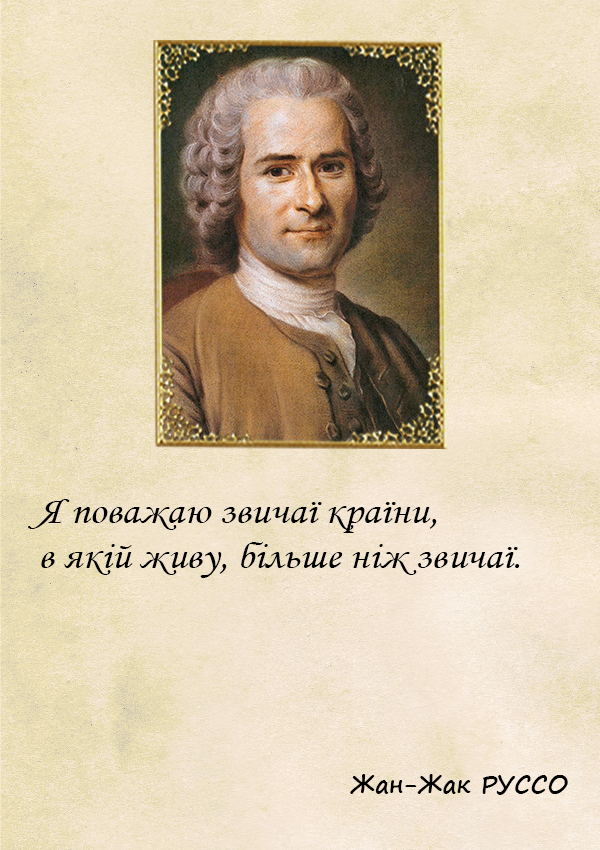
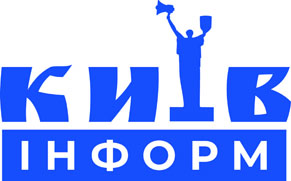


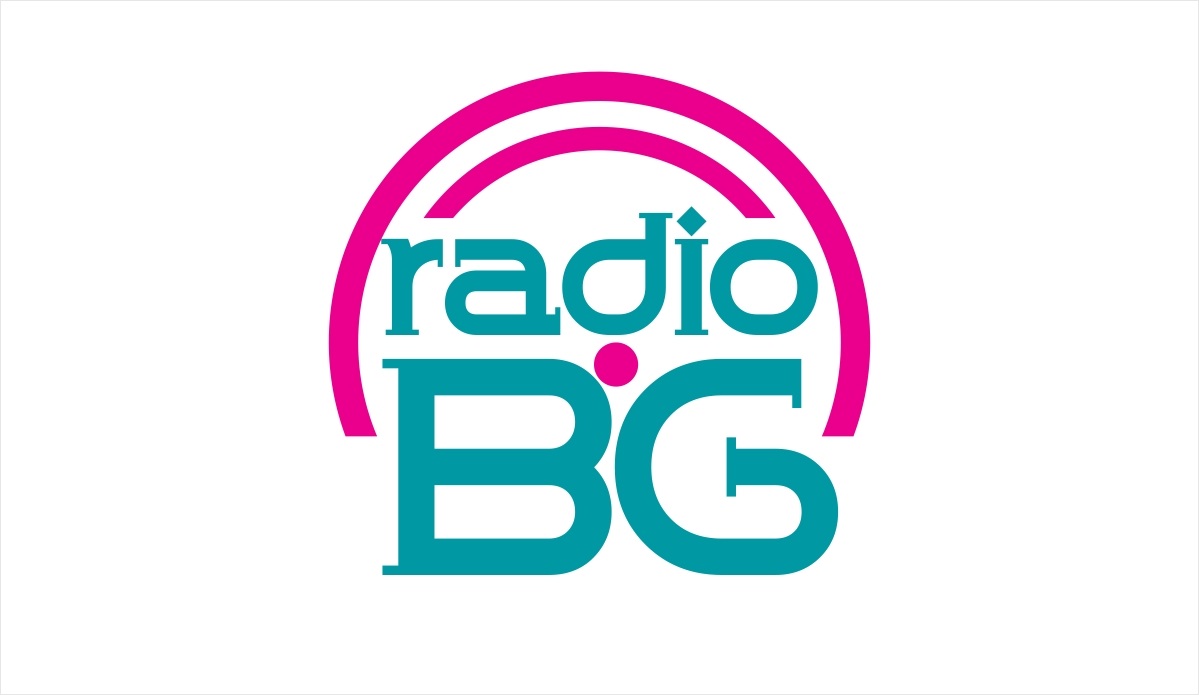



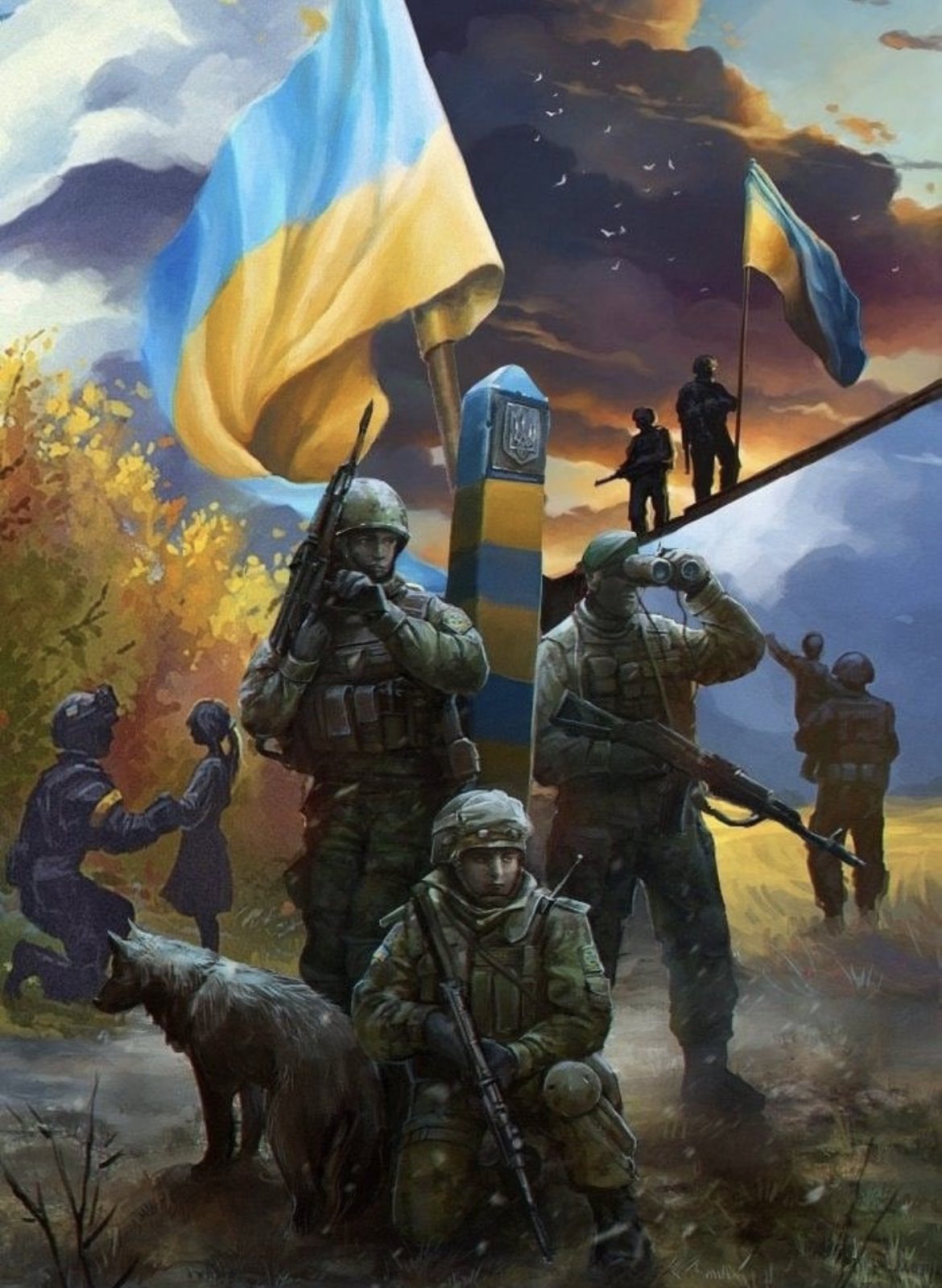



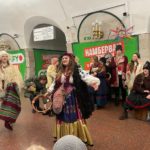









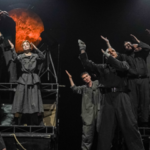














Залишити відповідь